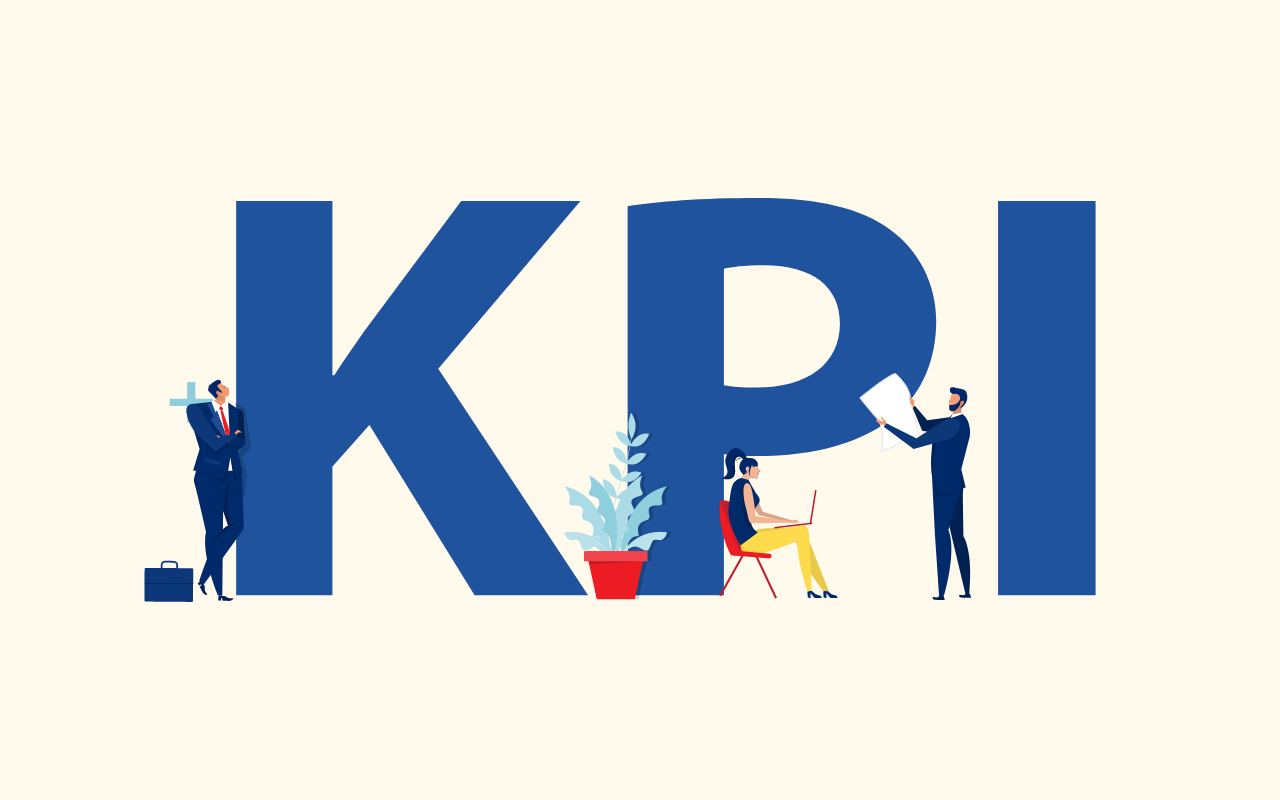Essential KPIs to Measure New IT and Engineer Hires
With a tight competitive job market, businesses often rely on recruitment agencies to find top-tier IT and engineering talent. Hiring the right professionals is critical to the success and growth of any organization. But how can you measure the success of your recruitment agency’s efforts in bringing in the best IT and engineering candidates? Key Performance Indicators (KPIs) play a vital role in evaluating the effectiveness of your recruitment strategy. In this blog, we’ll explore 9 essential KPIs for IT and engineer hires via recruitment agencies.
What are KPIs in Recruitment?
Recruitment KPIs (Key performance indicators) are a metric that helps businesses understand the effectiveness of their recruiting performance and efficiency. KPIs can unveil areas needing improvement and illustrate your return on investment, i.e. the quality of hires and length of stay.
Setting the right benchmarks for your KPIs is vital to attracting and retaining the best possible talent. These measurements are necessary for the company to know what they’re doing right or wrong regarding their recruiting strategies.
9 Common KPIs for IT and Engineering Hires
- Cost per hire
- Time to hire
- Time to interview
- onboarding success rate
- Hiring manager satisfaction
- Retention rate
- First-year turnover rate
- Rejection rate
- Quality of hire
Cost per hire
One of the most apparent KPIs to track your recruitment efforts is cost-per-hire. This KPI measures how much money is spent hiring a single employee. Since recruitment is an ongoing process, this metric is calculated over extended periods.
To measure cost-per-hire, you can tabulate the total costs spent during the hiring process, including salaries, training costs and more.
Cost per hire = Total cost / total number of hires
Time to hire
Time to hire, also known as days to offer, measures the time it takes to hire a candidate. This KPI looks at the time between the candidate being contacted for a job opening and when they accept a job offer.
Time to interview
As a subset of time to hire, time to interview measures the time between receiving a candidate’s application and scheduling and conducting interviews with qualified candidates, this KPI is crucial for tracking the efficiency of those first few stages in your recruitment processes.
A lengthy time-to-interview indicates higher candidate dissatisfaction and increases the chance of candidate withdrawal. By measuring this metric, you can identify weak areas in your interview scheduling process and improve your candidate experience.
Onboarding success rate
The onboarding success rate measures the effectiveness of the strategy for integrating new hires into the company and ensuring they have a clear understanding of their responsibility and roles. Your onboarding process sets the tone for a new hire’s employment, making it crucial to their success.
Hiring manager satisfaction
This KPI measures all aspects of the hiring process from the hiring manager’s point of view. It assesses their satisfaction with the hiring process, quality of candidates, interview scheduling and many other factors. A Deloitte study finds this KPI as the #1 predictor of a successful recruitment strategy. If the hiring manager is content, there is a high probability of attracting top IT and engineering candidates.
Retention rate
Retention rate is the percentage of employees who stay employed with the organization after a particular period.
Retention rate = # of employees at the end of time period / # of employees at the start of time period
First-year turnover rate
Turnover rate looks at the proportion of employees who leave the company, particularly during their first year of employment. A high turnover rate in the first year can indicate employee dissatisfaction with their role, incompatibility with company values or having found a role better suited to their goals and needs.
Rejection rate
This KPI measures the percentage of candidates rejected during the recruitment stage. Though this figure is typically very high for most organizations, a high rejection rate can suggest issues such as your job description or selection criteria.
Quality of hire
Quality of hire will vary by company, but across the board, this qualitative metric measures the success of candidates hired. This KPI typically considers employee productivity at the three-, six– and 12-month mark until the end of employment. There are two different ways this can be measured:
Pre-hire quality – This assesses if you’re attracting candidates you believe will perform best. Pre-hire quality can be based on resumes, references, and candidate’s work experience.
Post-hire quality – Looks at how long it takes for new employees to become productive and how that productivity compares to others in similar roles. Consider culture fit as well as employee engagement.
The Best IT Recruitment Agency in Toronto | About Live Assets | IT Staffing Solutions
Live Assets is a boutique IT Staffing/Recruiting firm specializing exclusively in building IT teams of excellence for the Information Technology sector.
We are a small, but productive team that works closely together and has had a 96% success rate for the past number of years!
We have a diverse number of clients and industries and focus on both full-time and contract I.T. opportunities.
You can find out more about our company on LinkedIn – Twitter – Facebook –Youtube – Glassdooor
